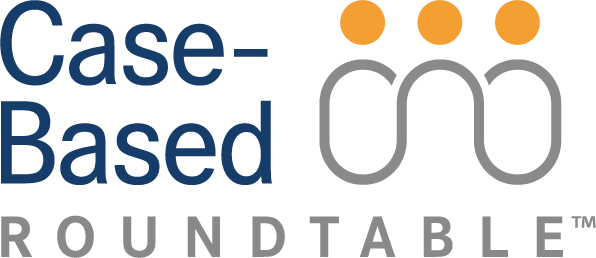
Part 1: Choosing a Third-Line Treatment for Refractory DLBCL

During a live virtual event, Paolo Caimi, MD, discussed third-line treatment of a patient with diffuse large B-cell lymphoma and navigating obstacles to treatment.
DISCUSSION QUESTION
What are the key factors that influence your decision making for third-line therapy?
PAOLO CAIMI, MD: What are the key factors that influence your decision in choice of regimen for patients who are in the third-line therapy? Any comments about the things that you use when you’re thinking about how to salvage a patient with DLBCL who has relapsed after the first salvage treatment?
DEVA NATHAN, MD: The most important thing for third-line—for [patient’s around] 75 years old, I want to see what their performance status is going to be like.
CAIMI: I think the capacity to tolerate treatment [is an important factor], and particularly with the treatments we’ve had so far. If you want to give them a lot of chemotherapy, it’s a bit tough. I think my first consideration is: Is the patient going to tolerate what I’m going to throw at them?
PRIYA KUMAR, MD: I think convenience and logistics are important, too.
CAIMI: At any age, but I think [especially] for older patients, I agree with you. I think that’s becoming more and more important. A lot of our patients ask us to be close to home.
JULIE CHANG, MD: I really like tafasitamab [Monjuvi] and lenalidomide [Revlimid], but it’s not very convenient for patients, so that’s been a big barrier for that as an option.
CAIMI: Because it has the weekly dosing, and then they go on to continue treatment for a long period of time, I think the other thing is—at least in my experience—doing 25 mg of lenalidomide makes it tough for patients who are over 70. I end up dose reducing for a significant number of patients.
LYLE GOLDMAN, MD: I think all therapy is very important, whether or not you are looking to do something aggressive, like CAR [chimeric antigen receptor] T-cell therapy, with a reasonably good chance of having complete response [CR], as opposed to just a palliative mode. So, I think that eligibility for CAR T-cell therapy is really important in this space.
CAIMI: Yes, I think that’s a good point for discussion. Are you going to give them something that at least has more data indicating that you have long-term remissions, and potential for cure? The Kaplan-Meier curves in CAR T-cell therapy seem to flatten, although we see with some of the newer agents the durations of the responses are getting longer and longer. But, if you can be aggressive in a patient, almost regardless of age, depending on their functional status, that is something to bring up to the table. In a patient with poor functional status, which you worry about the adverse events [AEs], you worry about the logistics of CAR T cells; for them, the options and the discussion changes.
DIVIS KHAIRA, MD: I think that with the CAR T cells, the neurological AEs can be pretty significant. I think with the rest of the treatments—for example, lenalidomide—that’s a big wallet biopsy for some patients, not always covered. The intravenous therapies are always covered; the oral medications depend on the patient’s insurance, and with Medicare and secondary [insurance], it doesn’t adequately cover a lot of the oral medications.
CAIMI: It’s a great point, because we tend to be sold on oral therapies [as opposed to intravenous therapies] for patients. But, if it’s $10,000 a month, and they really don’t have coverage, they don’t want an oral therapy. They want something that they can come to the infusion center and get. The coverage is so much more beneficial to their side. So, even though the convenience of taking something at home is good, if you have to pay for it, it’s much harder. If it was cheaper, it would be easier.
KHAIRA: What we find is a lot of patients are too proud to say that they can’t afford it, so they just decline the treatment.
CAIMI: Yes, it’s a good point. So, we talked about performance status, tolerability, cost, the convenience as well. I think that these regimens can be complex, in terms of how we administer them. I think tafasitamab/lenalidomide has that issue that it is so frequent, and actually never ends, at least with 1 of the components of it.








































